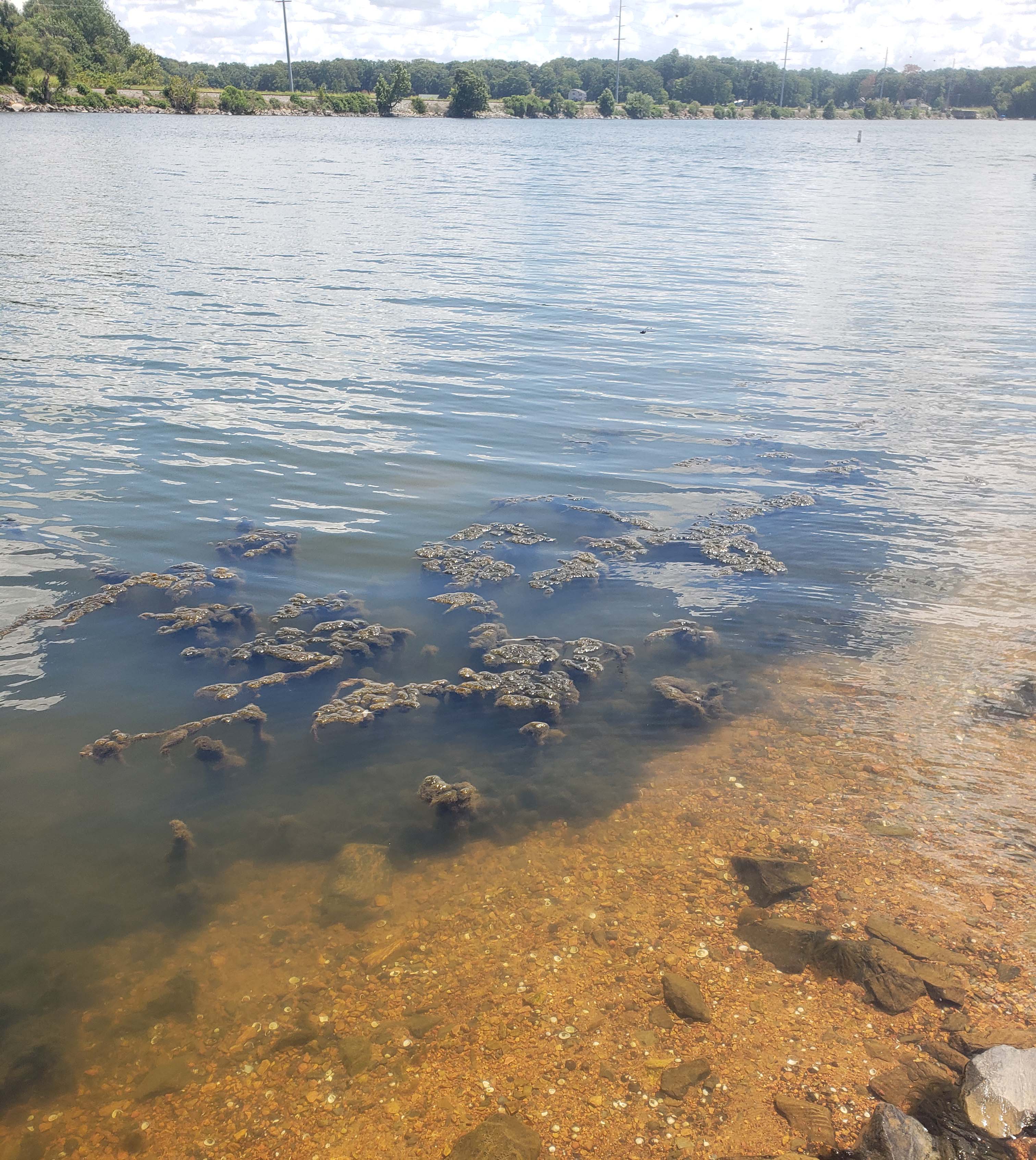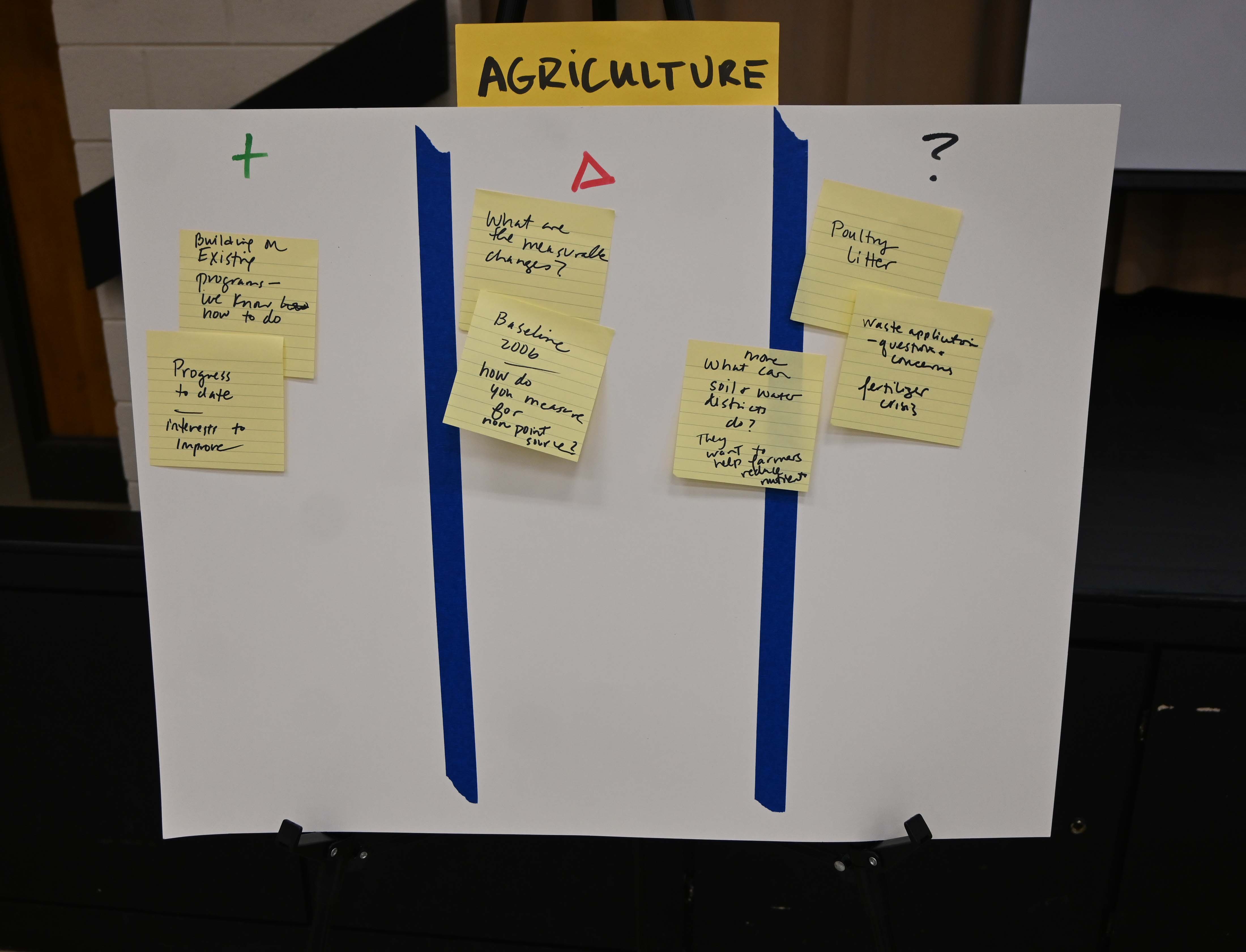Gathering focuses on algae problems with High Rock Lake
Published 12:10 am Friday, June 2, 2023
SALISBURY— High Rock Lake has always had a special connection with people in the community. However, environmental pressures have started to affect the lake and steps are being taken to prevent further damage.
On Wednesday at the Salisbury Civic Center, the North Carolina Department of Environmental Quality held a meeting to provide updates, engage with the public and receive suggestions on the rule making process for the lake’s nutrient management strategy.
High Rock Lake is experiencing harmful algal blooms that can be toxic for animals, humans and wildlife. This is due to high levels of nutrients in the water like chlorophyll that are caused by different forms of pollution. Nutrient Strategy Coordinator Joey Hester advised that even though the state can’t completely get rid of the pre-existing algal blooms, the focus is going to be on stopping new ones from forming.
Members of the steering committee and technical advisory groups spoke about their roles in trying to decrease pollution in High Rock Lake. The steering committee is made up of residents, elected officials and members of local organizations with an interest and desire to clean up the lake. The advisory groups included four categories: agriculture, stormwater, wastewater and riparian buffers. Each one has its own problems that harm the lake, but they can also be a part of the solution.
Steering committee member Judy Stalder addressed the crowd and said they will take a scientific approach to creating the new rules by consulting with experts, analyzing data and going over studies about the lake’s drainage area and water quality.
“The cost of the new rules can be high, but we believe as a committee that there’s a way to achieve water quality that’s fair and equitable for everyone in the watershed,” Stalder said. “It’s important to us that we build a consensus based on the input from all of you.”
The overall plan still has a few years to go before it reaches the final approval stage. Currently, it is in the first stakeholder engagement phase with rule drafting potentially beginning in September.





